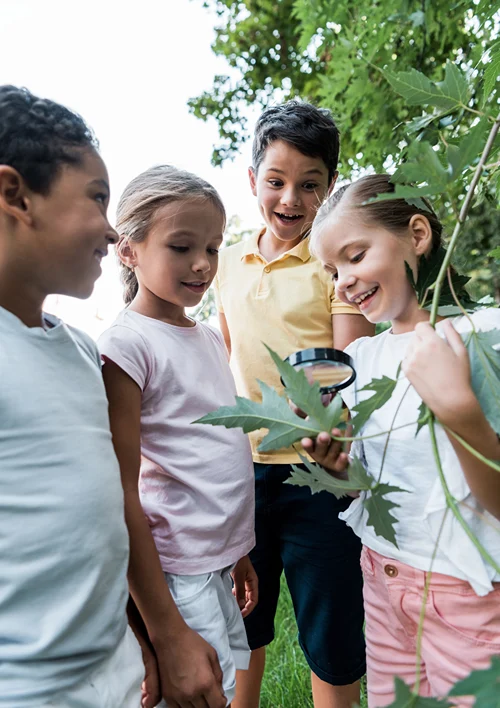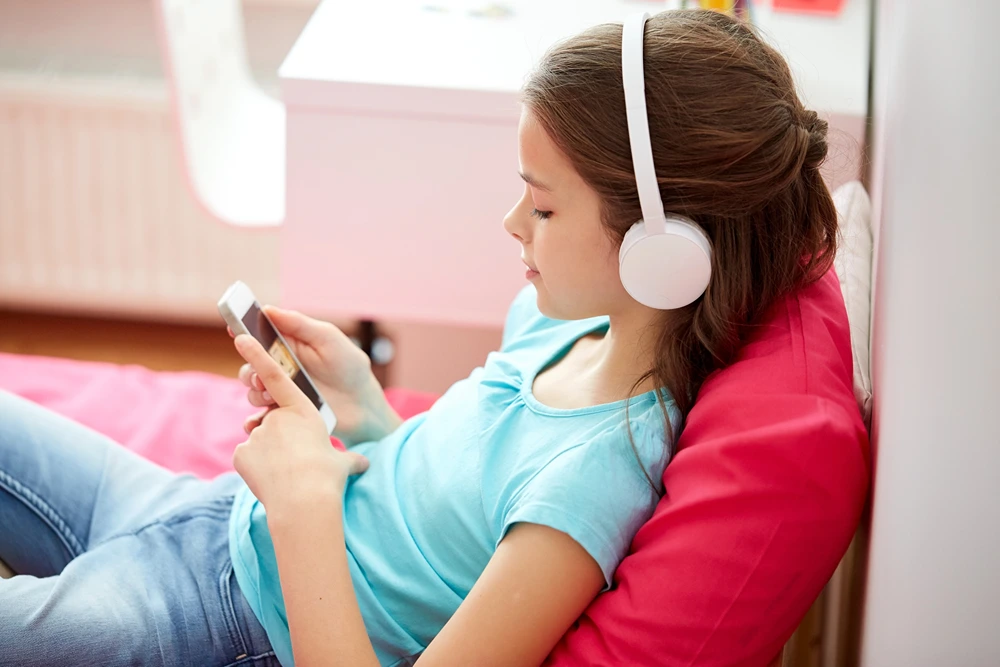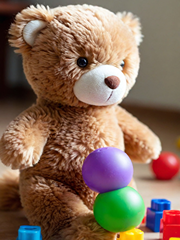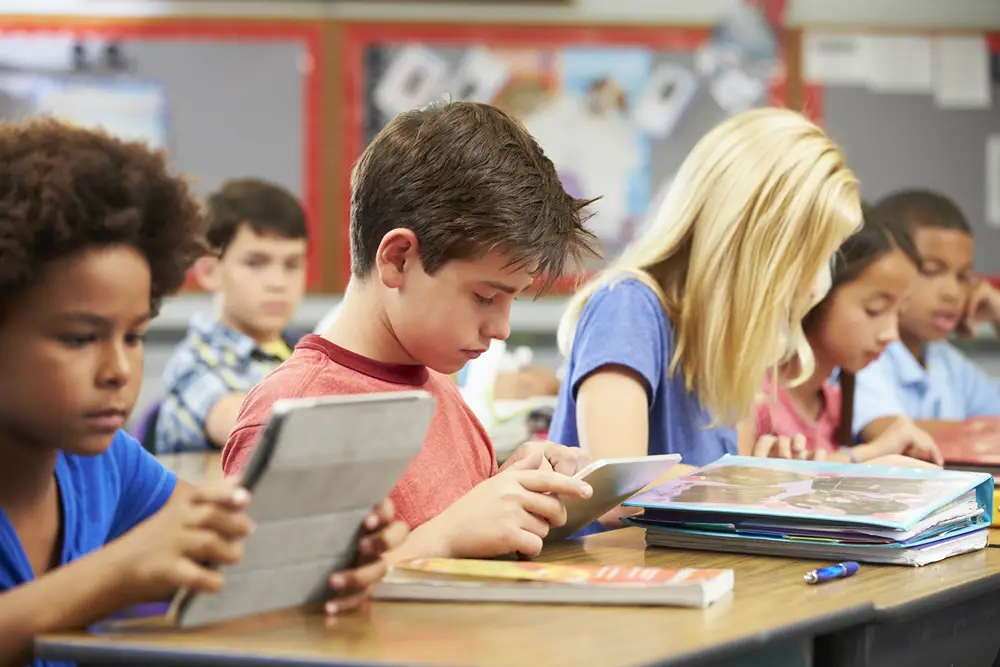The Power of Team-Based Care in Pediatric Health
In recent years, pediatric health care has undergone a quiet revolution, transitioning from a model dominated by individual providers to one that emphasizes collaboration. This change reflects a deeper understanding of the complex needs of children and adolescents, whose health challenges are often multifaceted and influenced by family dynamics,
Other factors include social determinants, mental well-being, and developmental factors. Pediatric patients require more than just a clinical diagnosis; they benefit from a network of professionals working in concert to support holistic growth and resilience.
The team-based model is particularly well-suited for addressing chronic illnesses, developmental delays, and behavioral health conditions in children. These issues do not exist in isolation and are rarely resolved through a single interaction with a physician. Instead, they demand continuous, coordinated input from pediatricians, nurses, social workers, psychologists, and educators. By working together, these professionals offer comprehensive care that addresses the child’s physical health, cognitive development, emotional regulation, and social integration.
Notably, as the delivery of care expands, so does the need for systems that facilitate seamless communication and shared decision-making. Modern pediatric practices now rely on digital platforms and structured care pathways to ensure that every team member is informed and aligned. This shift has not only improved the efficiency of care but has also deepened trust between families and providers, giving caregivers a central role in treatment plans. As a result, outcomes improve, and the experience of care becomes more personal and effective.
Collaborative Models that Deliver Results
The foundation of team-based care lies in its interdisciplinary nature, drawing from diverse fields to create an integrated support system for young patients. Pediatricians do not work in silos; rather, they consult closely with specialists, including nutritionists, occupational therapists, speech-language pathologists, and mental health counselors. This approach ensures that children receive interventions that are timely, contextually appropriate, and responsive to developmental milestones. By placing the child at the center of a care team, providers can prioritize both medical treatment and functional improvement.
Recent studies have shown that children who receive care through multidisciplinary teams often have better long-term health outcomes. These children are more likely to attend regular check-ups, adhere to treatment plans, and experience fewer emergency interventions. For example, children managing asthma or diabetes benefit greatly from coordinated education, routine monitoring, and behavioral strategies delivered across multiple disciplines. Each team member brings a unique lens, and together they address challenges that no single provider could solve in isolation.
This model also enhances early detection and intervention, which are vital in pediatric care. When a child presents signs of developmental delay, team-based care facilitates immediate evaluation from a developmental specialist, supported by pediatric nurse practitioners, educational consultants, and therapists. This kind of collaboration reduces diagnostic delays and ensures that the family receives comprehensive support. Coordinated efforts among professionals make it possible to develop targeted strategies quickly, helping children receive the services they need during critical developmental windows.
The Role of Families in Pediatric Teams
Parents and guardians are not just peripheral to the pediatric care process; they are essential team members. In a team-based framework, families are invited into conversations about diagnosis, prognosis, and treatment planning from the outset. This participatory model respects the deep insight caregivers have into their child’s behavior, habits, and emotional needs. It also empowers them to advocate effectively and make informed decisions alongside medical professionals.
Incorporating families into care teams helps bridge gaps in communication and improves compliance with health plans. When caregivers understand the rationale behind each intervention, they are more likely to implement strategies consistently at home. This continuity is especially critical in behavioral therapies and chronic disease management, where day-to-day reinforcement is key to long-term success. The family’s perspective also ensures that care plans remain culturally sensitive and tailored to the realities of the child’s environment.
Moreover, family engagement fosters trust, which in turn strengthens therapeutic relationships. In environments where medical care can feel overwhelming or intimidating, a collaborative approach reassures families that they are not alone. Pediatric teams often offer training, counseling, and peer support networks to reinforce this partnership. In doing so, they create a sense of shared responsibility that enhances accountability and improves adherence across the board.
Addressing Mental Health Through Team-Based Care
Mental health is an area where team-based care has proven particularly effective in pediatrics. Children and adolescents face rising rates of anxiety, depression, attention disorders, and trauma-related conditions, yet access to qualified mental health professionals remains limited in many regions. A coordinated team that includes psychologists, behavioral health specialists, and pediatricians can help bridge this gap, ensuring that children receive the support they need without delay.
One of the key benefits of this approach is the ability to identify mental health concerns early, often during routine visits. Pediatricians are trained to recognize warning signs, but they depend on behavioral specialists to conduct thorough assessments and initiate evidence-based interventions. Additionally, school counselors and child psychiatrists may be looped in to provide academic accommodations or medication management when needed. This web of support ensures that children receive sustained attention in both clinical and everyday settings.
Collaboration also reduces stigma and normalizes conversations about mental health. When emotional well-being is discussed alongside physical health in a pediatric setting, it signals to families that both are equally important. Furthermore, it allows for the integration of therapeutic approaches such as play therapy, cognitive behavioral therapy, and parent-child interaction therapy. These services, when delivered through a united team, are more likely to be utilized effectively and consistently over time.
Overcoming Systemic Barriers to Team-Based Models
Despite its benefits, team-based pediatric care faces significant implementation challenges, particularly in under-resourced communities. Many clinics operate with limited staff and budgets, making it difficult to recruit and retain a full complement of professionals. In rural and low-income areas, the scarcity of specialists further complicates efforts to build comprehensive teams. These limitations often result in fragmented care, with long wait times and minimal coordination among providers.
To address these disparities, health systems must invest in workforce development and telehealth infrastructure. Telemedicine can link patients with specialists across geographic boundaries, while also enabling more flexible team meetings and follow-ups. Grants and public-private partnerships can also help fund the integration of care coordinators and behavioral health consultants into pediatric practices. By expanding access to these roles, clinics can approximate the benefits of team-based care even in constrained settings.
Policy support is also critical. Reimbursement models often fail to account for the collaborative work required in team-based care, discouraging its adoption. Shifting toward value-based care, which rewards outcomes rather than volume, can incentivize pediatricians to invest in team-building. Additionally, training programs that emphasize interdisciplinary education prepare the next generation of health professionals to thrive in collaborative environments, ensuring the sustainability of this model.
Measuring Success and Charting the Future
Quantifying the impact of team-based care requires more than tracking traditional health metrics. While improvements in vaccination rates, growth monitoring, and disease management are important, equally vital are measures of family satisfaction, developmental progress, and emotional well-being. Pediatric teams must adopt holistic evaluation tools that capture the breadth of their interventions and the interconnected nature of child health outcomes.
Longitudinal data collection will play an increasingly important role in refining these models. By following patients over time, researchers and clinicians can assess how early interventions, care continuity, and family engagement influence lifelong health trajectories. These insights can then inform best practices, resource allocation, and policy development. As the evidence base grows, so too does the case for widespread adoption of team-based care in pediatric settings.
Looking ahead, the future of pediatric health lies in systems that recognize the complexity of childhood and respond with depth, flexibility, and collaboration. The team-based approach is not simply a trend but a fundamental shift in how we understand and deliver care. By building teams around the child—not just the condition—we can ensure that every child receives the comprehensive support needed to thrive from infancy through adolescence.








